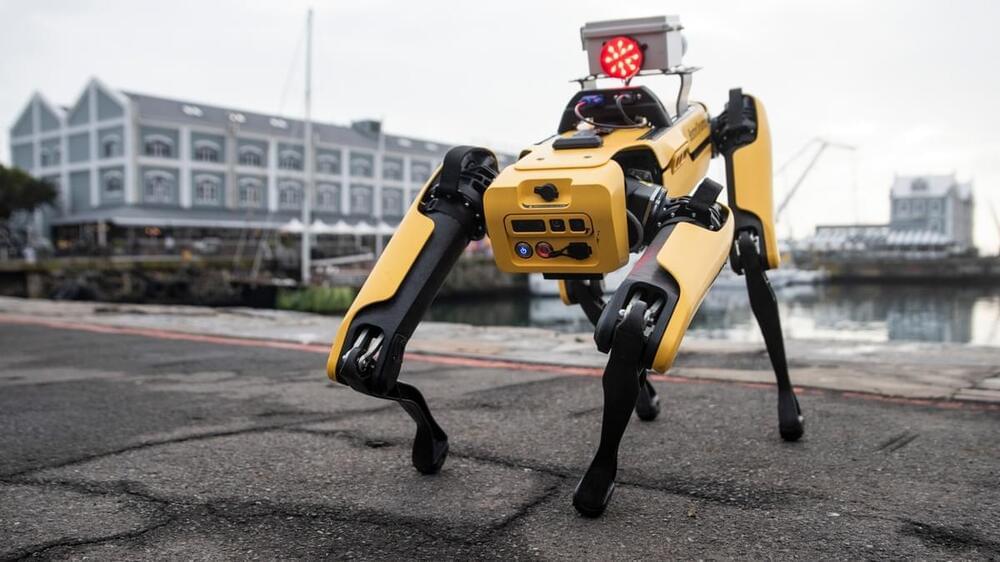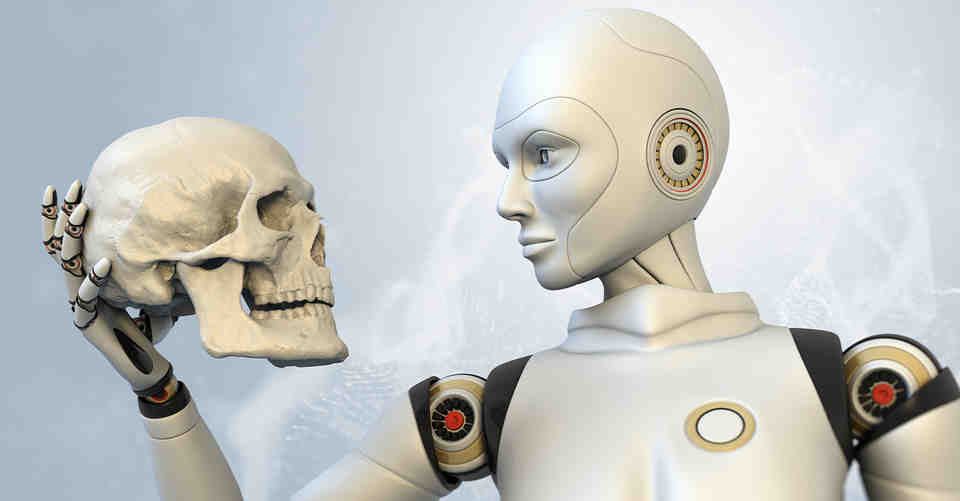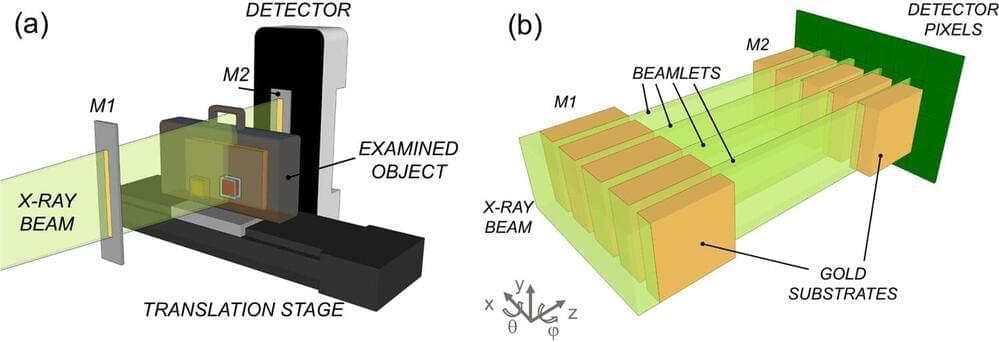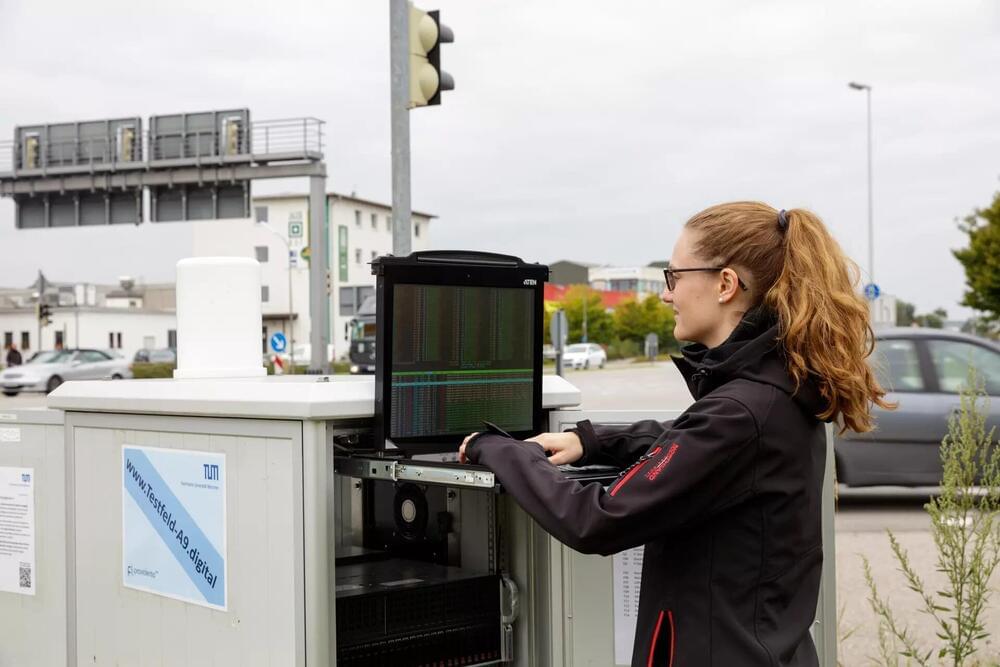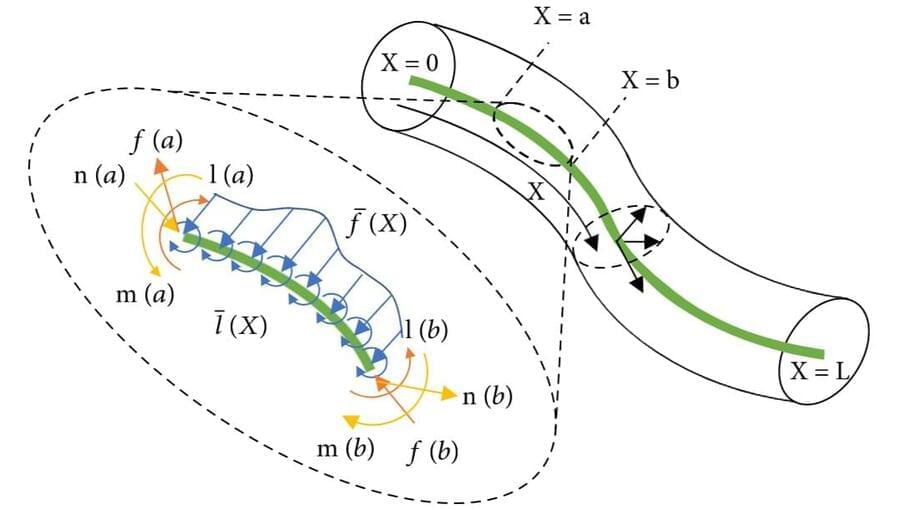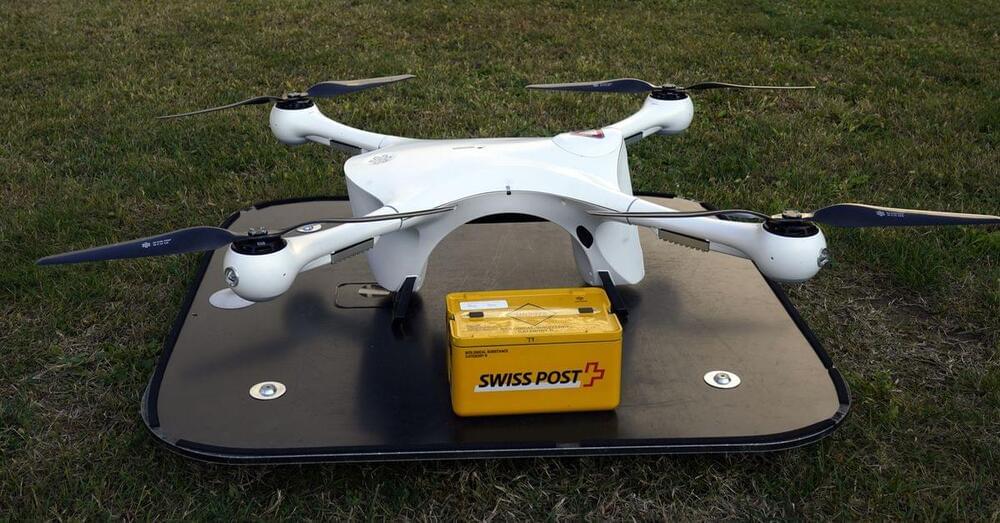Being able to decode brainwaves could help patients who have lost the ability to speak to communicate again, and could ultimately provide novel ways for humans to interact with computers. Now Meta researchers have shown they can tell what words someone is hearing using recordings from non-invasive brain scans.
Our ability to probe human brain activity has improved significantly in recent decades as scientists have developed a variety of brain-computer interface (BCI) technologies that can provide a window into our thoughts and intentions.
The most impressive results have come from invasive recording devices, which implant electrodes directly into the brain’s gray matter, combined with AI that can learn to interpret brain signals. In recent years, this has made it possible to decode complete sentences from someone’s neural activity with 97 percent accuracy, and translate attempted handwriting movements directly into text at speeds comparable to texting.

